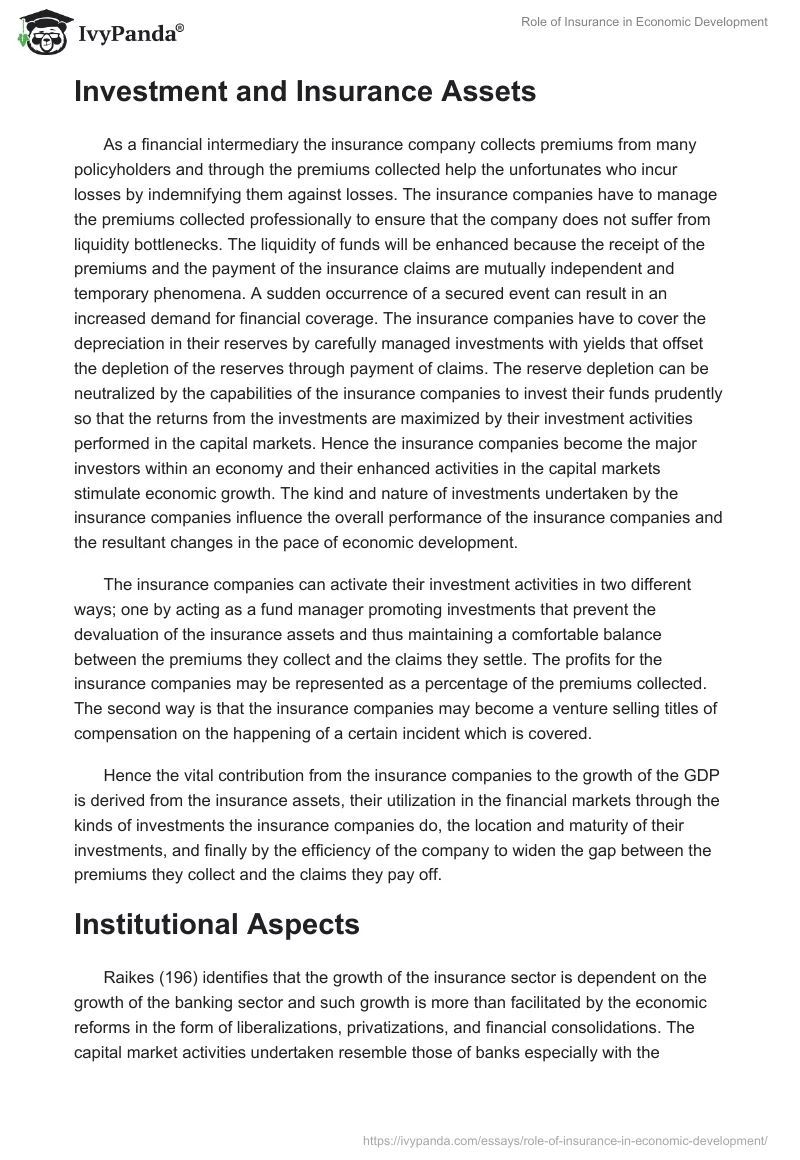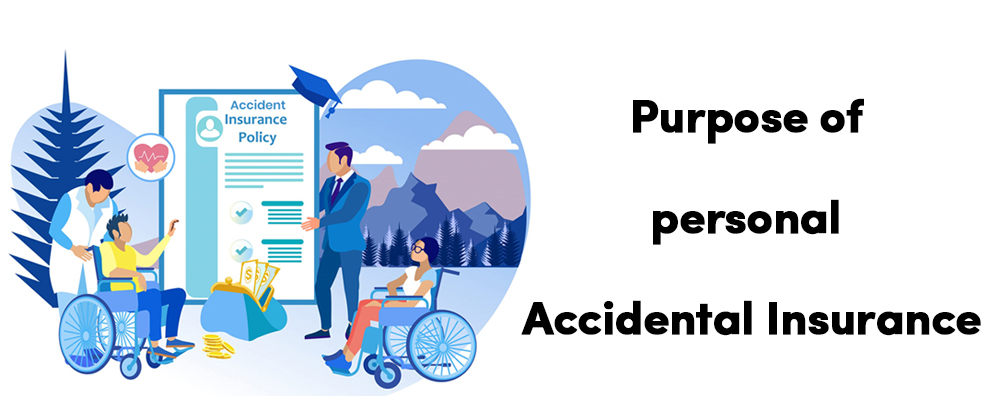See This Report on Pacific Prime
See This Report on Pacific Prime
Blog Article
5 Easy Facts About Pacific Prime Shown
Table of ContentsThe 10-Minute Rule for Pacific PrimePacific Prime - An OverviewThings about Pacific PrimeThe 9-Minute Rule for Pacific PrimePacific Prime Can Be Fun For Everyone

This is because the information were collected for a duration of strong financial efficiency. Of the estimated 42 million individuals who were uninsured, almost about 420,000 (concerning 1 percent) were under 65 years of age, the age at which most Americans end up being qualified for Medicare; 32 million were adults in between ages 18 and 65, around 19 percent of all adults in this age; and 10 million were children under 18 years old, regarding 13.9 percent of all youngsters (Mills, 2000).
These estimates of the number of individuals uninsured are produced from the annual March Supplement to the Current Population Study (CPS), carried out by the Demographics Bureau. Unless or else kept in mind, national estimates of people without medical insurance and percentages of the population with different sort of protection are based upon the CPS, the most widely used source of price quotes of insurance policy protection and uninsurance prices.
Some Known Questions About Pacific Prime.

Still, the CPS is especially helpful since it generates yearly price quotes fairly swiftly, reporting the previous year's insurance policy coverage estimates each September, and due to the fact that it is the basis for a regular set of estimates for greater than two decades, enabling for evaluation of patterns in protection in time. For these reasons, along with the comprehensive use the CPS in various other research studies of insurance coverage that are provided in this record, we count on CPS estimates, with restrictions kept in mind.

The quote of the variety of uninsured people expands when a populace's insurance coverage standing is tracked for a number of years. Over a three-year period beginning early in 1993, 72 million people, 29 percent of the U.S. https://linktr.ee/pacificpr1me. population, were without protection for a minimum of one month. Within a single year (1994 ), 53 million individuals experienced at the very least a month without coverage (Bennefield, 1998a)
6 out of every ten without insurance grownups are themselves used. Working does boost the likelihood that one and one's household members will have insurance, it is not an assurance. Even participants of family members with 2 permanent wage earners have almost a one-in-ten opportunity of being uninsured (9.1 percent uninsured price) (Hoffman and Pohl, 2000).
Pacific Prime Can Be Fun For Anyone
New immigrants account for a significant proportion of people without medical insurance. One evaluation has associated a considerable section of the recent development in the dimension of the U.S. uninsured population to immigrants who arrived in the country between 1994 and 1998 (Camarota and Edwards, 2000). Recent immigrants (those who involved the United here are the findings States within the past four years) do have a high rate of being uninsured (46 percent), but they and their children account for just 6 percent of those without insurance policy nationally (Holahan et al., 2001).
The connection in between medical insurance and accessibility to care is well established, as documented later in this chapter. Although the partnership in between medical insurance and health and wellness results is neither direct nor basic, an extensive medical and health services research literary works links medical insurance coverage to improved access to care, far better top quality, and improved individual and populace health condition.
Levels of evaluation for analyzing the results of uninsurance. It concentrates particularly on those without any health and wellness insurance for any kind of length of time.
The Only Guide to Pacific Prime
The troubles dealt with by the underinsured are in some respects comparable to those dealt with by the uninsured, although they are usually much less serious. Health insurance, however, is neither essential neither sufficient to obtain access to clinical solutions. The independent and direct result of health and wellness insurance coverage on access to wellness services is well developed.
Others will get the health and wellness care they require even without medical insurance, by paying for it out of pocket or seeking it from providers who supply care free or at extremely subsidized rates. For still others, wellness insurance policy alone does not ensure invoice of treatment due to other nonfinancial barriers, such as an absence of healthcare carriers in their neighborhood, limited access to transport, illiteracy, or linguistic and cultural distinctions.
The 2-Minute Rule for Pacific Prime
Formal research about without insurance populations in the United States dates to the late 1920s and very early 1930s when the Board on the Expense of Healthcare produced a collection of reports regarding financing physician workplace visits and hospital stays. This concern came to be salient as the numbers of medically indigent climbed up throughout the Great Depression.
Report this page